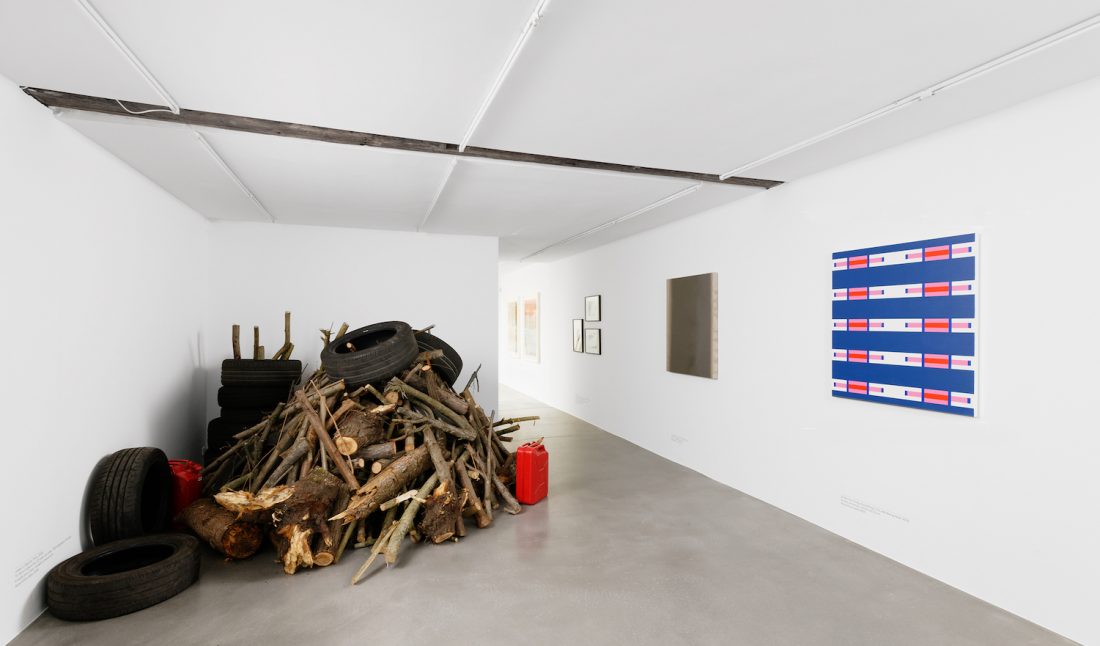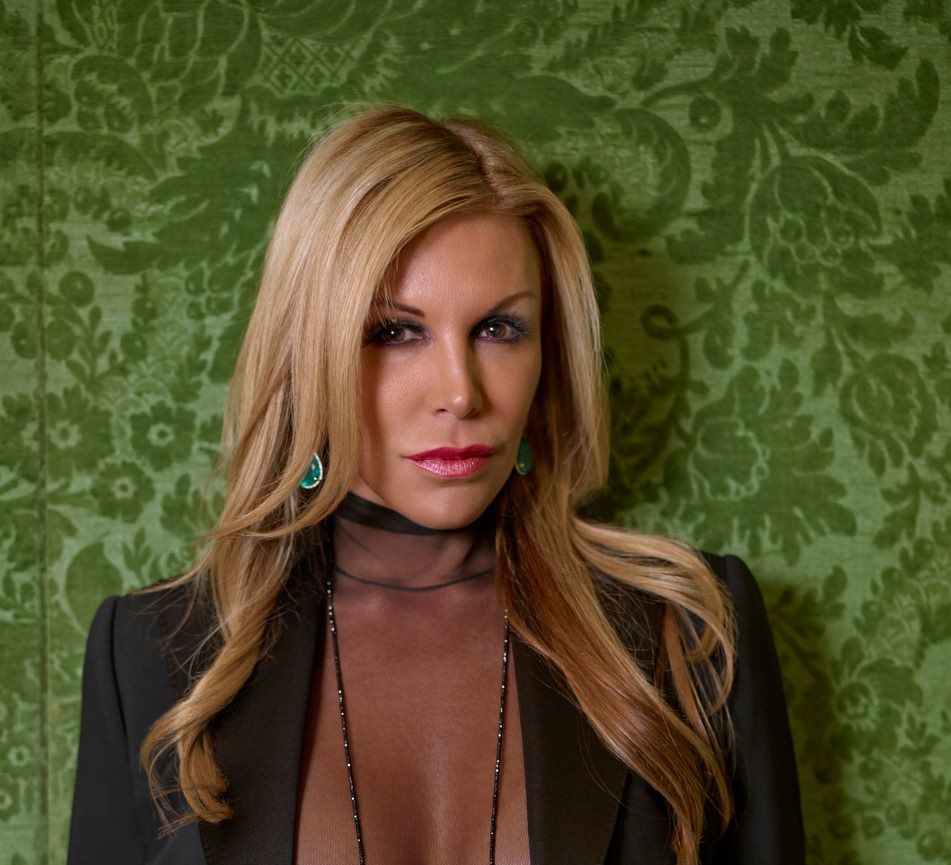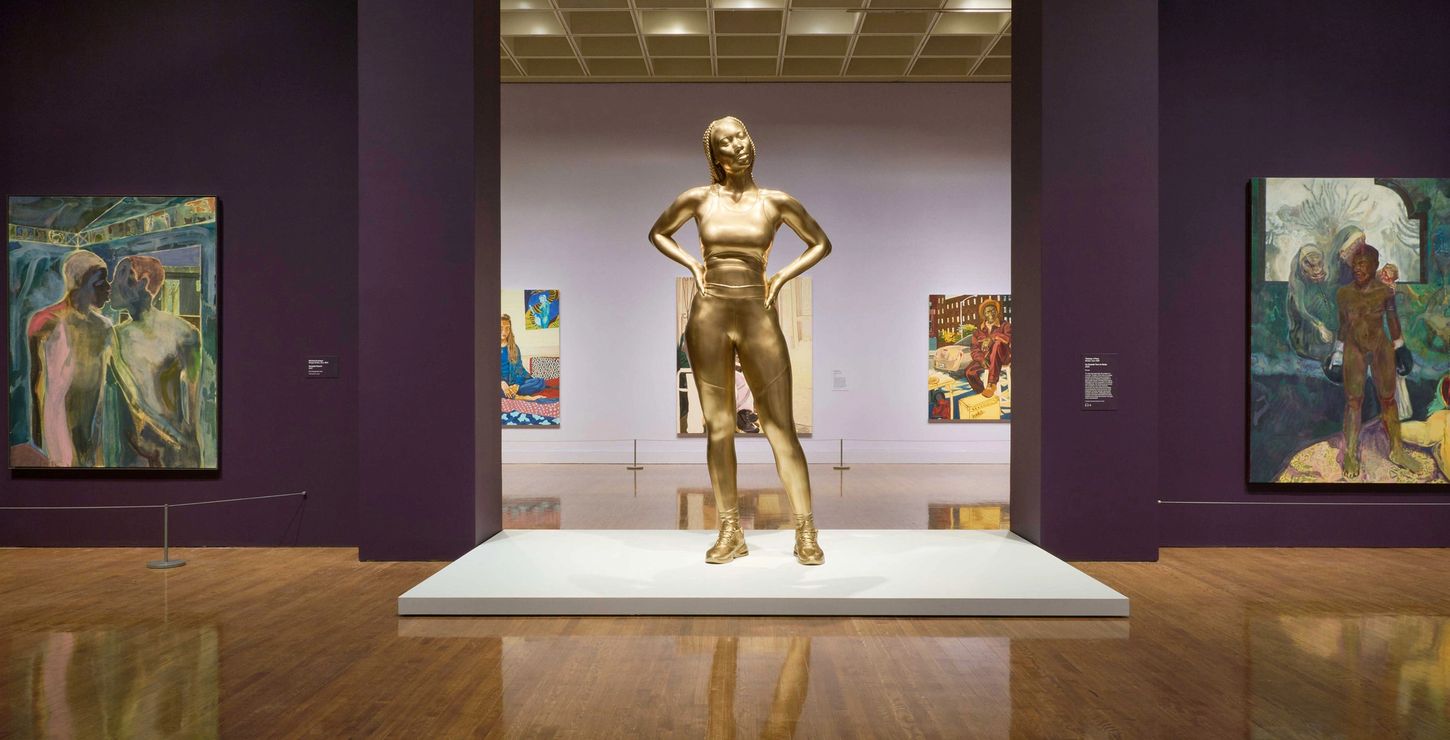The Global KADIST Collection is Centered on Culture
In 2001, the non-profit contemporary art organization KADIST was founded to support artists around the globe with exhibitions, programs, and dynamic community engagement. With a belief that artists pay an important contribution to society through artwork, addressing key issues and progressions of our time through various mediums, it is dedicated to collecting and showing artists that reflect and communicate our changing culture.
In addition to hosting exhibitions at both its Paris and San Francisco locations, KADIST hosts residencies and online programs and regularly collaborates with international museums and galleries. Today, its collection represents around 1,200 artists from over 115 countries, including film, video, painting, photography, performance, and more.
“The KADIST collection is panoramic and adventurous, in other words geographically expansive and risk-tolerant. It’s also more culturally diverse than many of the world’s museum collections,” said Joseph Del Pesco, International Director. “Our mission is to support the voice of artists, toward a progressive, global and interconnected culture. When one of our advisors introduces an artist, via their artwork, it’s just the beginning—a seed is planted, that often grows into a new field of inquiry via our programs.”
“Our mission is to support the voice of artists.”
“KADIST believes that art and ideas have a consequential role in society, and we seek to facilitate connections across cultures so that these images and ideas might better circulate. Minority and majority is all a matter of perspective—your readers may already know that people of color are actually the global majority,” said Del Pesco. “Through working in close collaboration with local curators, who help us understand the social and political dynamics of their city, we’re able to work responsibly, responding to the dynamics and priorities of each cultural context.”
Whitewall spoke with Del Pesco in Paris about the organization and how it considers curation rooted in representation.
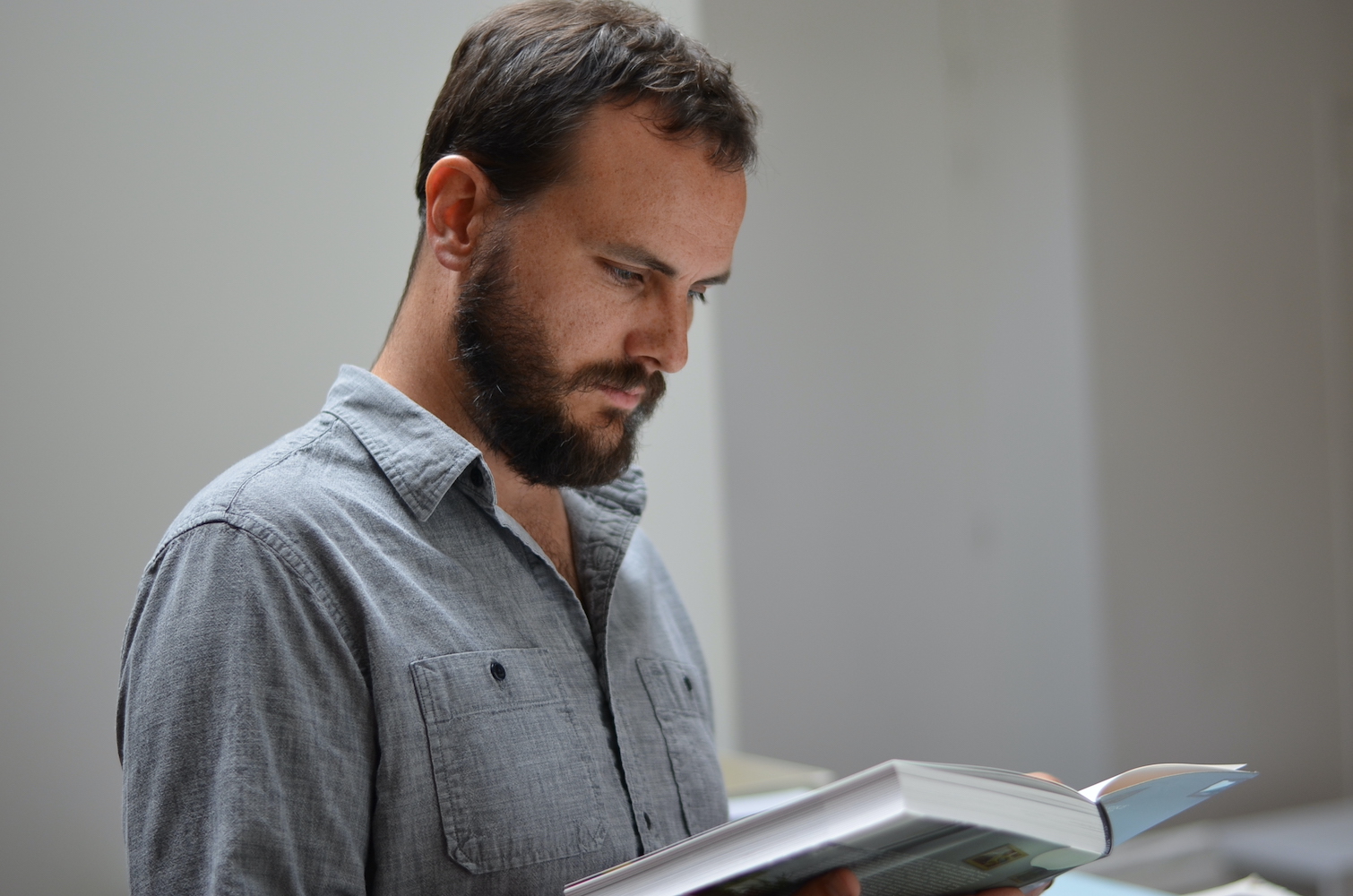 Joseph Del Pesco, courtesy of Kadist.
Joseph Del Pesco, courtesy of Kadist.
WHITEWALL: What motivated the establishment of the KADIST and its focus on supporting underrepresented artists and marginalized communities?
JOSEPH DEL PESCO: A little over 20 years ago, KADIST was founded, as a sister to a philanthropic organization called Tsadik—an organization committed to supporting social justice initiatives around the world. KADIST is an anagram of the word Tsadik, and the turn toward art might be understood as a kind of mutation or remix of that social justice spirit. You’ll notice that many of the artworks in the collections speak to exigent issues of our time. Yes, some of the artists are without gallery representation when we first meet, and KADIST is well known for identifying key artists before they are widely recognized, but many of them are already deeply important to their communities, and regional arts networks. While it’s not an explicit part of our mission to support marginalized communities (like it is with Tsadik), it does happen—more often than you might think—that great art appears in unexpected places, and outside major art cities.
“Great art appears in unexpected places.”
WW: How does the KADIST program and collection actively work toward inclusivity and diversity in its acquisitions and programming?
JDP: I recently had the pleasure to get to know a Filipino American artist and filmmaker living in Oaxaca, and he asked about the role of identity in the KADIST collection, and I explained that we do present the biography of each artist when we nominate works to the collection—not because there are certain requirements and expectations about the kinds of people we’d like to invite into the collection. Rather, that our committee benefits from understanding the biographical context—how the ideas embedded in an artwork sync up with the artist’s cultural background and experience. While each case is different and many of the artists we’ve met over the last 20 years were born in one country and live in another (like my Filipino American friend in Oaxaca), this can be a key factor in understanding the commitment and values of an artwork.
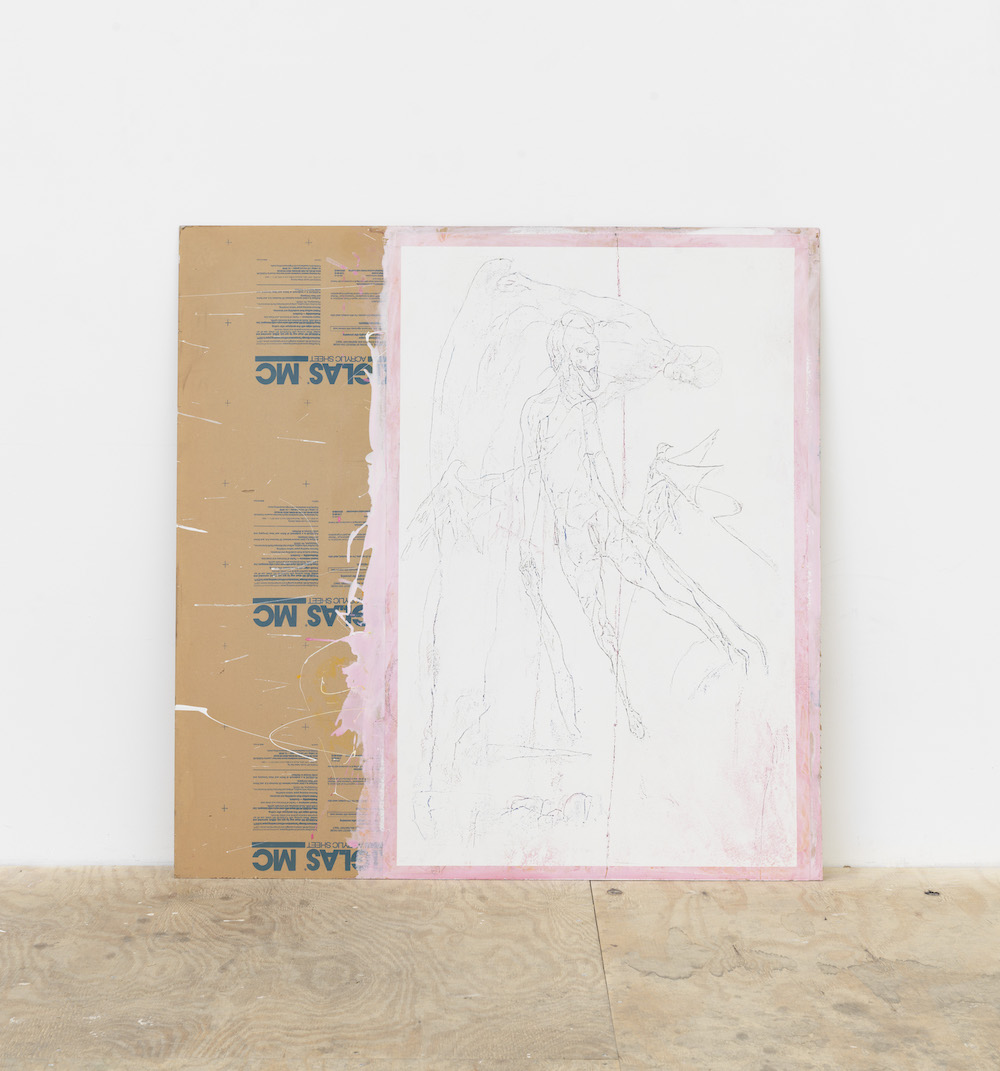 Cristóbal Lehyt, Untitled (Given a wall, what’s happening behind it?), 2016, courtesy of the artist and KADIST collection.
Cristóbal Lehyt, Untitled (Given a wall, what’s happening behind it?), 2016, courtesy of the artist and KADIST collection.
WW: Could you highlight some specific initiatives or projects within KADIST that have successfully amplified the voices of artists from minority backgrounds?
JDP: The network that shapes the collection provides a foundational knowledge base that guides our programs, and the work that goes into the programs, into curating exhibitions and organizing events, also informs the collection. It’s a reciprocal and mutually beneficial relationship that’s held in balance, neither one takes priority in terms of budget, time, etc. The programs, which are primarily oriented around trans-local institutional collaboration, are more idea and issue-driven, and have been quite successful at amplifying the voices of artists, especially in cultures where exhibition making (and viewing) is still vital and relevant. Also playing a role in the collection, new commissions emerge from curatorial collaborations. For example, one of our long-time advisors, Magali Arriola, who is currently the Director of the Tamayo Museum in Mexico City, organized an unforgettable series called “The Missing Circle” that involved co-commissioning new projects in collaboration with venues in Chile, Guatemala, and Mexico.
WW: In your opinion, what impact does the KADIST collection have on the broader art community and society at large in terms of representation and equity?
JDP: A few years ago, I met a curator from a major museum in New York, who surprised me by saying how much they love the collection of KADIST, and how they wish they could convince their museum to get on board with our level of social-issue engagement and international representation. It’s always difficult to know how other institutions see what we do because it’s so atypical. Our program is well-tested at this point, but it has evolved (and been refined) quite a lot over the last 10-plus years—alongside the growth and reach of the collection by about 100 works per year. When I was the Director of the program in San Francisco, I liked to say we were “promiscuous” because we were collaborating with almost all of the museums and non-profits in the Bay Area. We’ve learned a lot from these collaborations, not only how to build trust and find ideas of common interest, but how different institutions work, and how we might better work together to further the recognition and appreciation of art in society. Art has to matter in society—it has to be a part of the conversation—for it to have a social impact, for it to be a space of equity and free expression.
“We’ve learned a lot from these collaborations.”
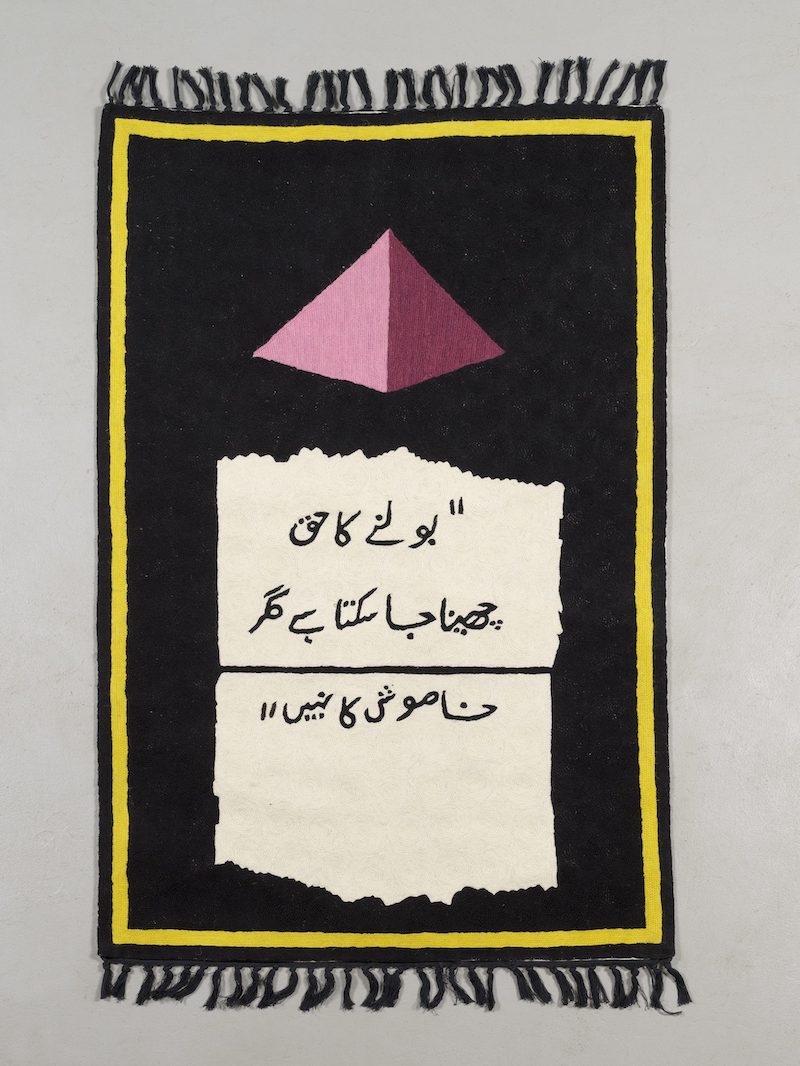 Baseera Khan, Act Up (Psychedelic Prayer Rugs), 2017, courtesy of the artist and KADIST collection.
Baseera Khan, Act Up (Psychedelic Prayer Rugs), 2017, courtesy of the artist and KADIST collection.
WW: How does the KADIST collection approach the curation process to ensure fair and equal representation for artists from different backgrounds in all your locations
JDP: Unlike many collections I know of in the U.S., everyone attending the KADIST collection meetings and online reviews has one vote, regardless of their level of experience or time working (or advising) with KADIST. And that also means, for example, that the nomination of a work by an artist in Latin America might be voted on by an advisor in Thailand and another in Lebanon, and that’s how we like it. There’s no better way to build a collection that resonates across the globe, than to involve as many different—engaged, experienced, and articulate—advisors from diverse backgrounds, as possible.
WW: Looking ahead, what role does collaboration play in the future goals of KADIST, in continuing its mission of supporting artists?
JDP: The newest addition to our ongoing program of collaborations is called the “Nomadic” collection, and involves making part of the KADIST collection available, via a multi-year loan, to a leading museum for use in exhibition and educational programs. The “Nomadic” collection will be inaugurated this July with a day-long conference at the Centre Pompidou (Paris, France) followed by an exhibition at the museum in the spring of 2024. This will be followed in 2025 by a multi-year collaboration with the Pinacoteca de São Paulo (Brazil). These partnerships will undoubtedly continue to lead us in unexpected directions, as we learn and grow together alongside the directors and curators at some of the most influential museums in the world.
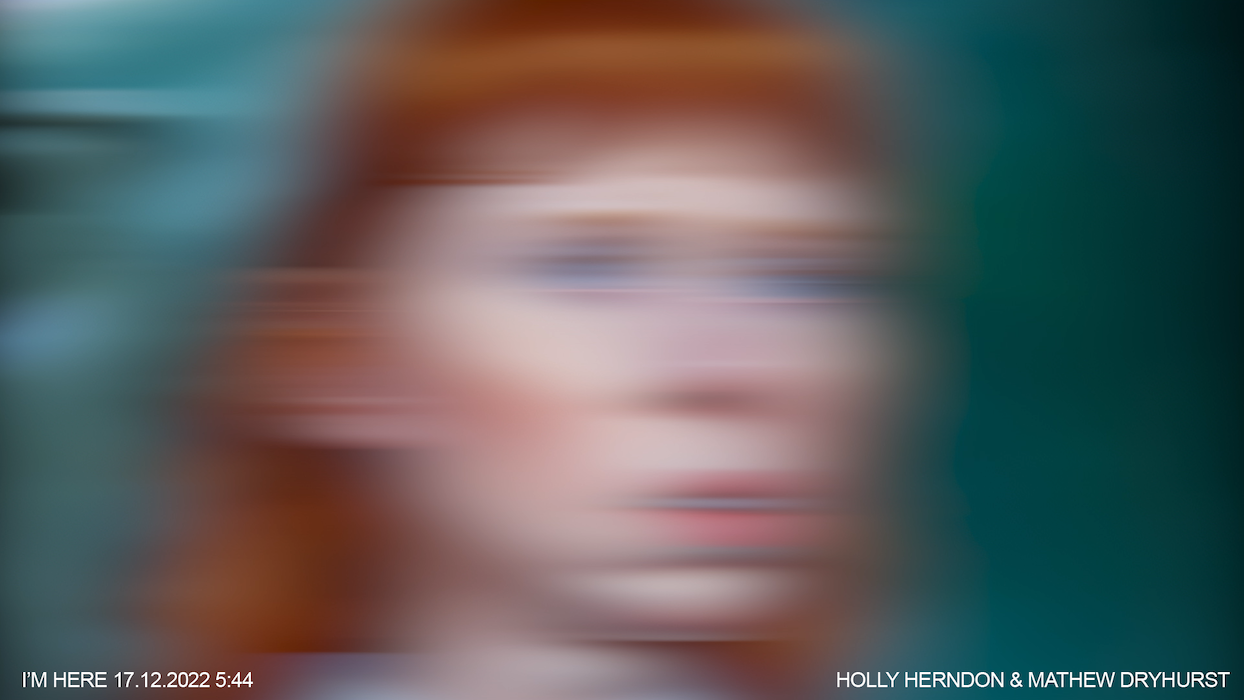 Holly Herndon and Mathew Dryhurst, I’M HERE 17.12.2022 5:44, 2023, courtesy of the artists.
Holly Herndon and Mathew Dryhurst, I’M HERE 17.12.2022 5:44, 2023, courtesy of the artists.






